Art is not what you see, but what you make others see.
― Edgar Degas
foundations II
|
Complete the worksheet by referring to the files attached below.
0 Comments
Refer to the attached file to write an encouraging letter to a younger artist.
Open the attachment to find the necessary information to complete your assignment.
Read the article and discuss your answers to your question as a group. Then share your ideas with the class:
a. How might a viewer interact with a large sculpture in a way that is different than one that is small? (yellow table) b. Which artist’s style appeals to you most? What about the sculpture makes you like it? (green table) c. Which sculpture may have been the most difficult to create? Why do you think this is so? (blue table) d. Do you think an artist can create a large sculpture on his/her own? If he/she needed help to complete the project, is he/she still the artist? Why or why not? (violet table) e. Use your tablet to gather information to answer the following questions: What more can you find on American Artist, Dale Chihuly? What processes does he use to create his work? What obstacles has he faced in his life? Where can you find his work displayed in Utah? (red table) f. What additional meaning can be added to a work of art by the way it is displayed? How can the location a work of art is displayed in add to the message the artist is communicating with the viewer? If you were to create a sculpture of a spider how might the meaning of the sculpture be different if it were displayed on a wall in the corner of a room versus on a dinner plate on a table set for two? (orange table) Red Butte Gardens: Foundations II Gallery Stroll Select a work of art in the art gallery. Refer to the art you selected to record the information requested below:
a. Title: b. Artist: c. Price: d. Media: e. Description (What do you see?) Write in complete sentences: f. Interpretation (What do you think it means?) Write in complete sentences: Photography Challenge As you explore the gardens use your tablet to take photos that meet the requirements below. Do not delete your photos. Do not edit your photos. Photos will be submitted to the Online Classroom in class on Tuesday. LIGHT (Complete 2 of 2) ___Low key photo (very dark) ___High key photo (very light) FOCUS (Complete 1 of 3) ___ Foreground is in focus only ___Middle ground is in focus only ___Background is in focus only CROP (Complete 3 of 3) ___Close up ___Mid-range ___Long-shot SERIES (Complete 1 of 2) ___A set of 3-5 different photos of the same subject, emotion, idea ___A set of 3-5 photos that communicate the same theme COLOR (Complete 3 of 5) ___Monochromatic color scheme (one color or variations of one color) ___Primary color scheme (primarily red, yellow, and blue) ___Complementary color scheme (red and green, orange and blue, or yellow and violet) ___ Secondary color scheme (green, orange, and violet) ___Split-complementary color scheme (any color in the color wheel paired with the two colors that border its complement; ie blue, yellow, red) ___Expressive color (the colors communicate a specific emotion/idea) Which is the sculpture? a. In the round or relief b. representational or non-representational c. abstract or not abstract d. figurative, memorial, large scale, mobile, stabile, found object A1:
Monument to Balzac by Auguste Rodin basketball + Zach The Thinker by Auguste Rodin The thinker at the beach in august. sees his buddy dan rowing by and shouts out, "Row, Dan, Row!" Bird in Space by Constantin Brancussi The lady from the Help had bronchitis and as she was dying saw a bird flying in space Two Forms by Henry Moore There is Moore than one form Black Wall by Louise Nevelson The devil is a fan of one direction. Louise (louis). The Devil thought he was going to have a son, so they named him Louis. Devil rhymes with Nevel "son." Vietnam Veterans Memorial by Maya Lin Sculpture is shaped like a V. "Oh! Mya! They don't want my memorial." Bull's Head by Pablo Picasso Pablo had a bull named Picasso. They were best friends. Picasso got in a fight with another bull and he lost and died. So Pablo was really sad and he still wanted Picasso with him, so he had Pablo's head stuffed and put on a wall. Clothespin by Claus Oldenburg Icebergs are really large and old. "Claus"pin rather than clothespin. Lobster Trap and Fish Tail by Alexander Calder Alexander the great was secretly a warlock and he used his cauldren to make lobster bisque. But sometimes there would be fish in the trap. A2: Monument to Balzac by Auguste Rodin Balzac died in August. They built a monument to him and sang at his funeral: Auguste is Rodin dirty The Thinker by Auguste Rodin The thinker at the beach in august. sees his buddy Dan rowing by and shouts out, "Row, Dan, Row!" Bird in Space by Constantin Brancussi There was a bird in space. He was moon walking down the path. He saw a group of aliens so they were going to fight. It was the first round. While they were in the round, the alien asked "Hey do you represent?" He said, "NO I don't represent." They went home and watched a movie called Constantin. The aliens were scared, so they turned the bird into stone and drove off with their brand new suzuki. Two Forms by Henry Moore I want "moore" than two forms Black Wall by Louise Nevelson Vietnam Veterans Memorial by Maya Lin The veterans in vietnam fought bravely . They made a memorial. It was a relief, it "maya lin" be abstract non-representational, because its shaped like a "v." Bull's Head by Pablo Picasso Pablo was riding his bike and crashed. The seat bent over the handles. That's how he created Bull's Head. Clothespin by Claus Oldenburg "Clause" pin Lobster Trap and Fish Tail by Alexander Calder A3: Monument to Balzac by Auguste Rodin August in summer and Dan rode a motorcycle to a swimming pool where his buddy Mr. Balzac would be. He was swimming, got out of the pool and wrapped a towel around him. And then Medusa turns him stone. The Thinker by Auguste Rodin The thinker at the beach in august. sees his buddy Dan rowing by and shouts out, "Row, Dan, Row!" Bird in Space by Constantin Brancussi Two Forms by Henry Moore So there Henry was crushing the souls of his enemeies. The wanted "moore". So he went into his second form. Black Wall by Louise Nevelson Nevel had to go pee. "I have to go to the Lou" Louise, his mother, was like, "It's over by that black wall." "Oh I see it, I'll go over there." "That's great, Nevel, my son." "Thanks, Louise, I'm going to use the lou.".... Vietnam Veterans Memorial by Maya Lin Sherlock was walking through the streets, "Ooh! This is Maya Violin. I love to play maya Violin through the streets." The violin is stolen, "Now this is Maya Violin. He finds it at the Vietnam Veterans Memorial. Bull's Head by Pablo Picasso One day an ordinary man named Pab drove to Lowe's to buy some bowls. After wandering the store and finding a private entrance, Pab took a peek and saw a new food product "Sauce-O's." After Pab of Lowes took a peek of "Sauce-O's", he went to buy his bowls and went straight ahead to the front of the line. Clothespin by Claus Oldenburg Santa Claus was getting really old and lived in a cold place, Everyone would always say, "Brrrrrrrgh. " Santa clause also liked to make "clothes" and pin them up. He finally got so old in the Berg Continent he died. Lobster Trap and Fish Tail by Alexander Calder Alexander had a girl. Alexander called her a "lobster." So she got offended and trapped him with a fish trap . Want to win a GoPro?
Here's How to Enter the Poster Contest:
Remember to NOOF it! Instructions: Before the end of the year, you are required to complete parts A and B of the Altered Book Final assignment.
A) Create a series of three art works in your altered book that explore your chosen theme--Due Friday, May 22 (150 points). B) Complete five of the following challenges. Document the results of each of your challenges in your altered book-- Due Friday, May 22 (150 points): 1. Create a work of art that is including and inspired by piece of found scrap paper. Your scrap must be found outside of the art room. 2. Create a sound map. Spend 20 minutes recording the sounds you hear, the time you hear them, and the location you believe they are coming from on a map you create on a page in your book. 3. Make a collection of miniature items. Document the collection by creating a paper rubbing of the items, drawing a picture of the items, photographing the items, etc. 4. Create a miniature figurative sculpture. Photograph the sculpture in a public place. Leave it. Need inspiration? Check THIS out. 5. Cut a section of another work of art. Glue it to a page in your book. Finish the image in a media of your choice. Check out this EXAMPLE. 6. Take a page from an old book. Artistically cover up the words that are unnecessary to your poem or message. Check IT out. 7. Zentangle is an easy to learn method of creating beautiful images from repetitive patterns. It is a fascinating new art form that is fun and relaxing. It increases focus and creativity. Zentangle provides artistic satisfaction and an increased sense of personal well being. Confused? Watch THIS video. Now do it on a page in your book. 8. Paint with a toothbrush. Its that easy. Don't use the tooth brush after you have painted with it. 9. Make a vegetable art print. Here's a cool EXAMPLE. Be careful cutting your vegetables. Only use the supplies you have permission to use. 10. Make a sculpture out of food. Document your work in your book. There are all sorts of things you can do. Like THIS. Or THIS. 11. Make a miniature sculpture of food. Use any supplies you can get your hands on. Be creative! Think out of the box. 12. Make a flip book animation on the pages of your book. Its pretty simple--OK not THAT simple. Check THIS out. Maybe THIS will help. 13. Create an optical illusion. An optical illusion is something that deceives the eye by appearing to be other than it is. There are thousands of optical illusions that have already been discovered. Search "optical illusions" on google and find a handful you'd like to try. Optics are all about high contrast, carefully placed shapes. Be sure to use the necessary tools (a pencil, ruler, and a compass) to make things neat. If it isn't neat, it isn't going to work. 14. Write ten things about where you are sitting right now that you hadn't noticed when you sat down use your senses. Do it quickly. Do not censor. Okay, begin. 15. Collect objects that you do not understand or have meaning for. Invent a purpose for these objects. 16. Write down fifty things about one of the following: A trip to the library, a trip to the grocery store, a walk in your neighborhood. 17. Create a pair of goggles of enhanced perception. Use found materials (cardboard, duct tape, metal wire, found plastic, etc.) The design should be suited for your individual needs/tastes. When you have completed them, wear them. Use them to spot the never before seen details of everyday life. Document your experience. 18. Sit in one location for twenty minutes. Document all the sounds you can hear and the times you heard them. mark the approximate location of the sounds in relation to you on a map. 19. Create a simple survey of at least five questions. Give it to a sampling of people. Document the answers in a way that is interesting and readable (for instance, as a graph, spreadsheet, or pictogram). 20. Document part of a building that most people ignore (examples include the ceilings, corners, closets, and the inside of drawers). Pay attention to the hidden places. 21. Sit in a public location and document people you see for 20 minutes. take detailed notes. make sketches of one item that stands out most about each person. OR Create a color-coded map of the position of the other people in relation to you. Note what the people looked like (what they were wearing). 22. Come up with several ways of documenting the passage of time, based on where you are sitting. 23. Find a way to alter your physical experience of the world (your senses) while on your travels. Examples are squinting your eyes to blur your vision, wearing color-tinted glasses, closing one eye, wearing earplugs, hanging upside down for a time, walking as slowly as possible, and plugging your nose while eating. Document the experience. 24. Document naturally occurring faces you find on your travels. Look for them in plumbing parts, light fixtures, door knobs, in nature, in man-made objects, in the clouds, etc. 25. Document a place by interviewing people about it. You can transcribe by suing some kind of recording equipment or by writing with a pen and paper. 26. Use yourself as a subject for documentation. Document in detail all of your movements, activities, behaviors, and conversations throughout the course of a week. Include date, time, and place. OR choose one aspect of your existence to document (e.g., determine how many steps you take on a daily basis). 27. Collect or document as many patterns as you can find while on your travels. You may decide to use only patterns in nature, or human-made, or both. Pencil rubbings work well for this. 28. Create a view finder by cutting a small rectangle out of paper. Go out into the world and use the finder to create a page of quick sketches documenting different compositions (look through the finder and draw what you see). choose compositions where you cannot tell what the subject matter is. 29. Document an overheard conversation. OR collect words you find interesting. 30. Collect water from three different sites. These can include a lake, pond, stream, puddle, or similar. Combine the samples in a jar with a tight fitting lid. Place the jar in a sunny location and watch to see the ecosystem unfold. Soon this miniature world will start to organize itself and create some interesting results. Make notes about the daily changes. 31. Experiment with as many different kinds of writing utensils as you can. You may use found paint, ink, or regular paint. 32. Create your own pigments (found paint). Crush flowers, draw with berries, paint with dirt and water, etc. 33. Go out and document as many urban fossils as you can find. These will be things that have been embedded somehow in concrete sidewalks--foot prints (animal and human), leaf prints, patterns, coins, names, etc. 34. Collect ten things in ten minutes. 35. Find and document the whole alphabet while on a walk. Use a camera to record your findings. 36. Choose an object to collect or document. (Some ideas: blue things, rubber bands, tickets, stamps, park benches, etc. ) Look for the object every where you go. Collect or document it in some way. 37. Choose a page in your book and complete 3-5 of the following:
38. Design your own challenge. |
Archives
May 2015
AuthorWrite something about yourself. No need to be fancy, just an overview. Categories |
||||||||||||||||||||||||||||||||||||
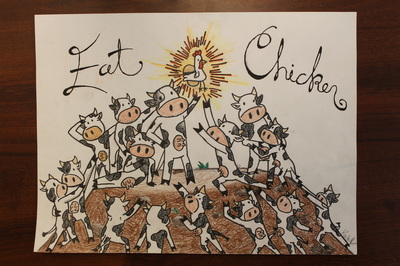
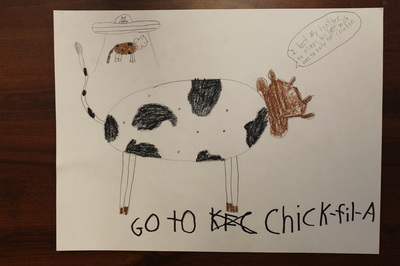
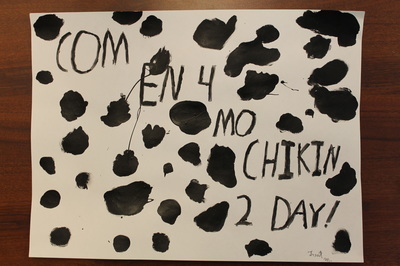
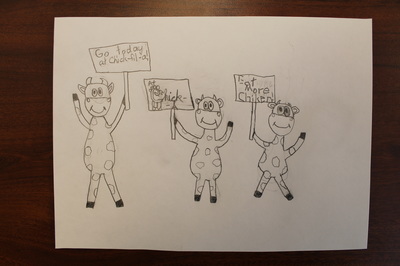
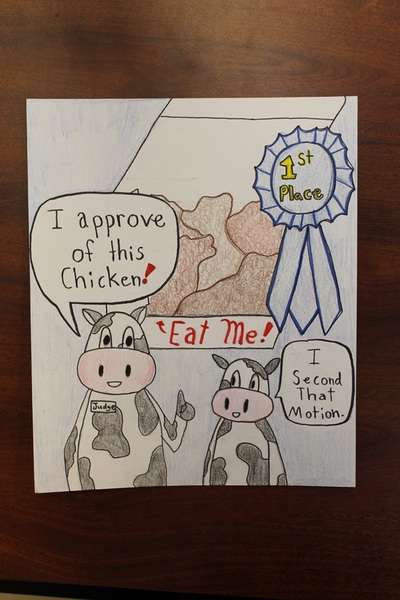
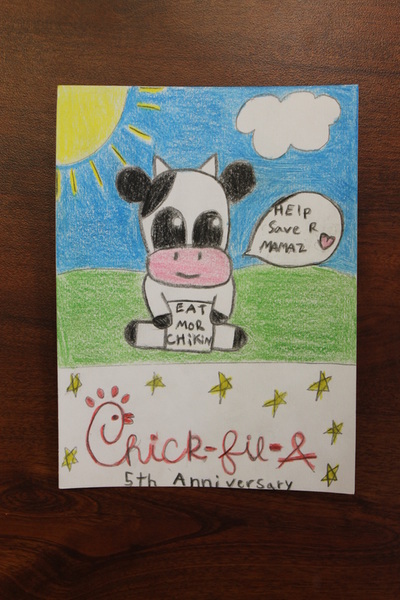
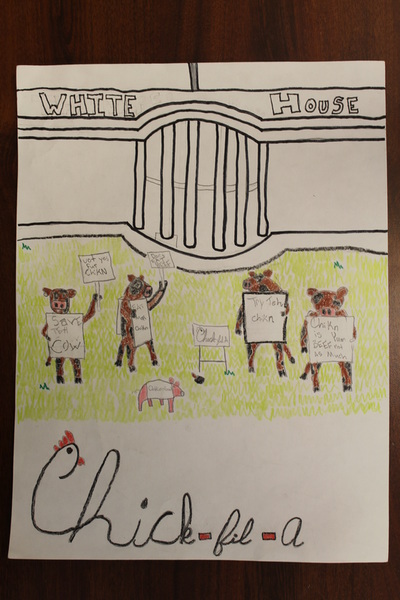
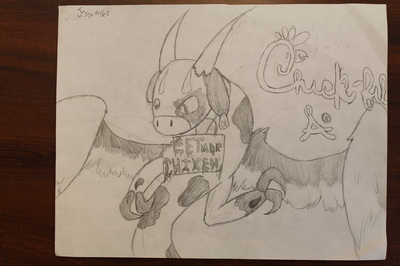
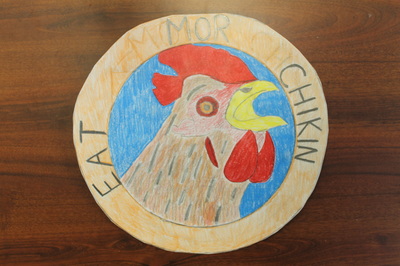
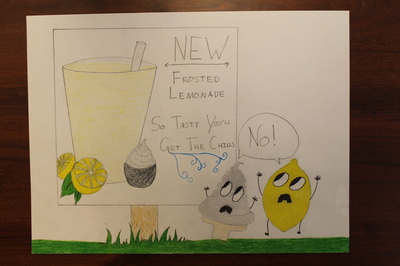
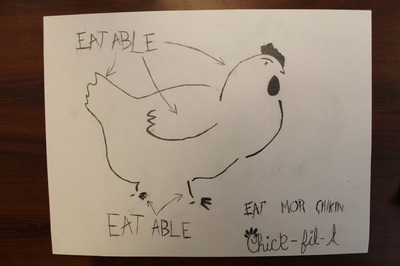
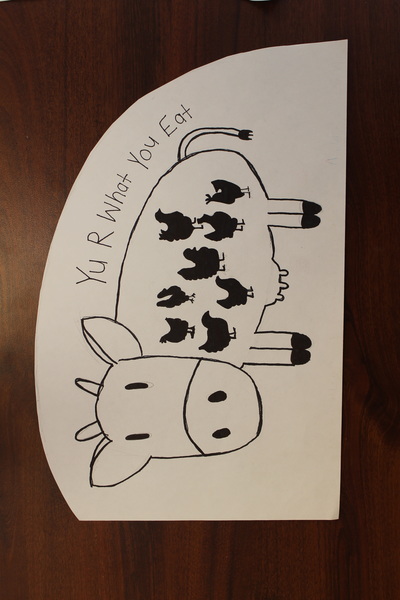
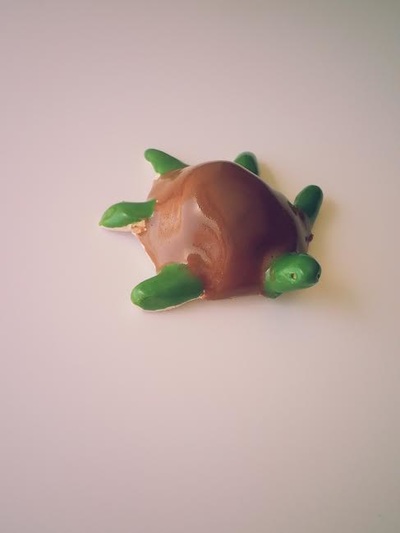
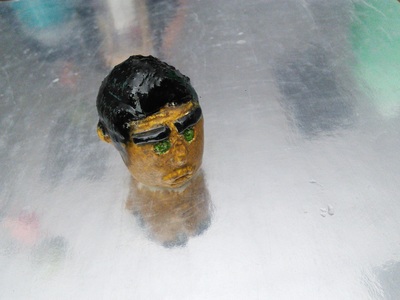

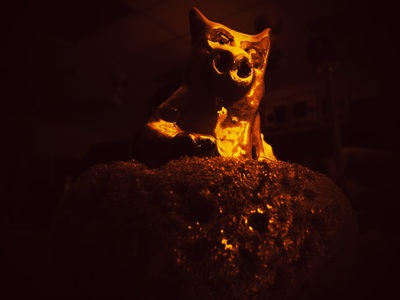

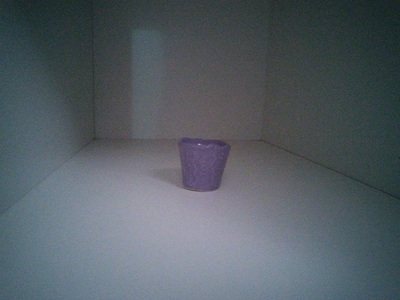
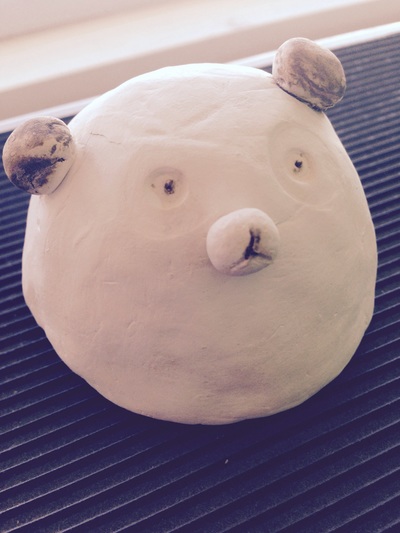
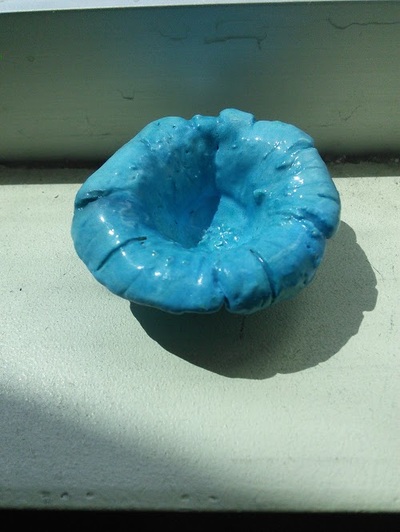
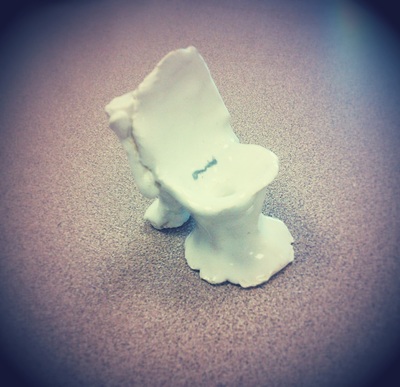
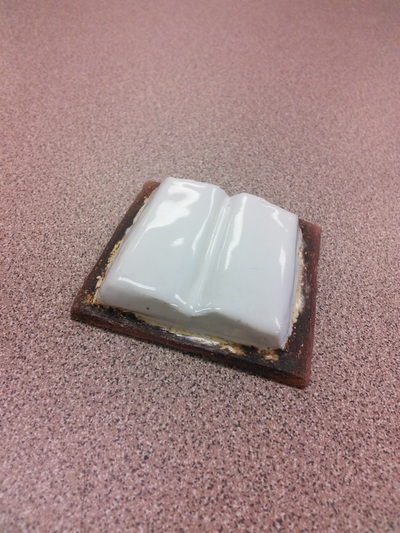
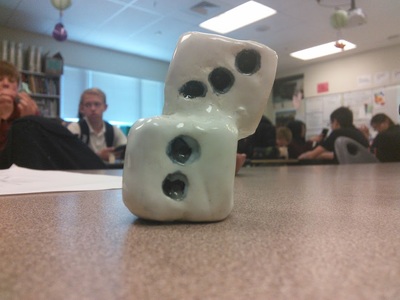
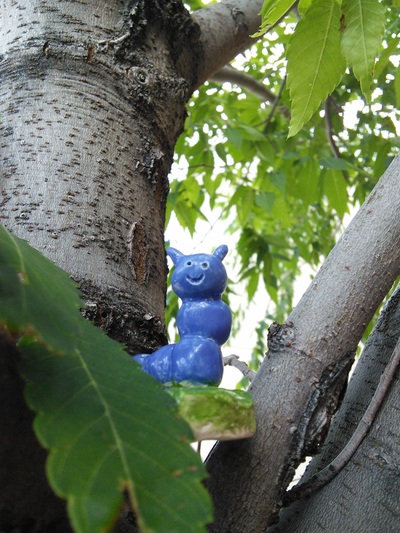
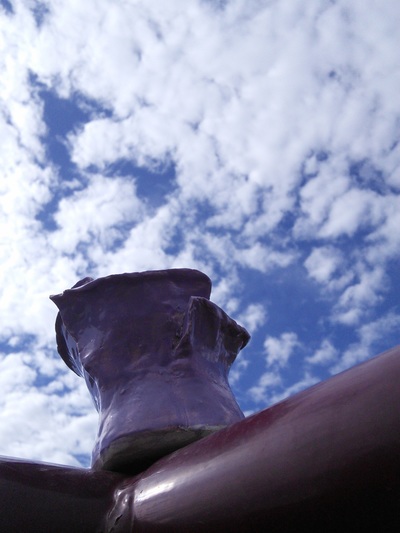
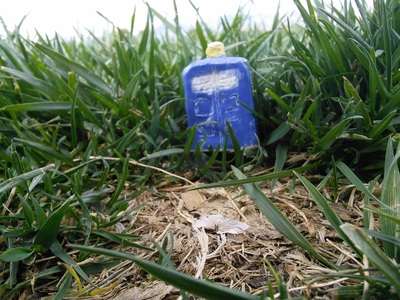
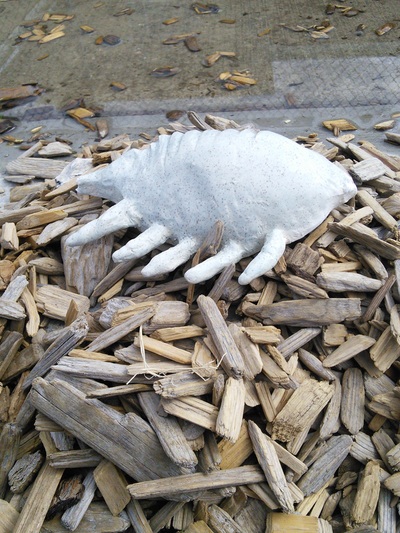


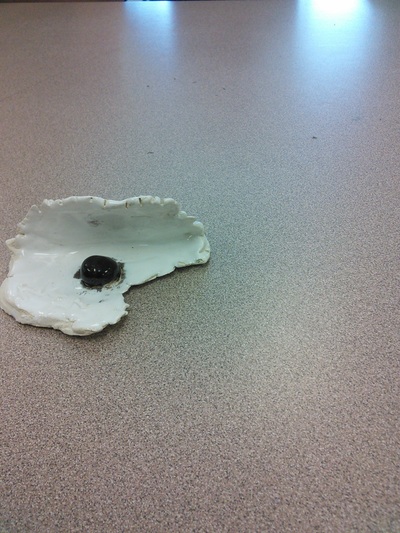
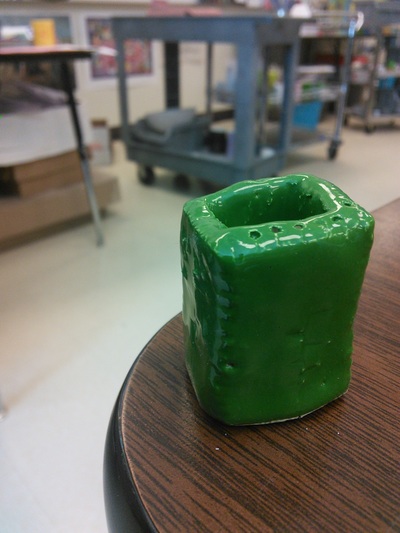
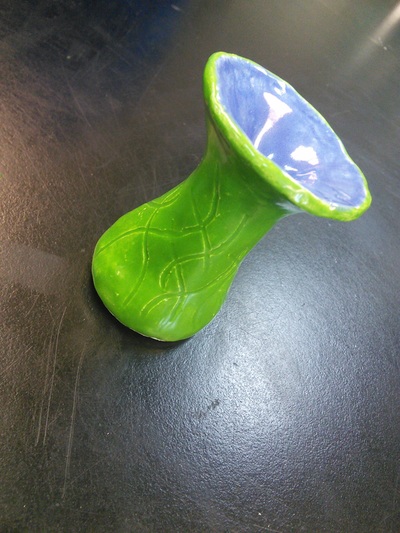
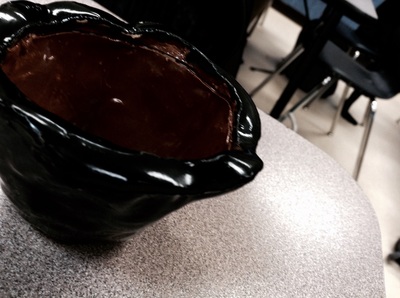
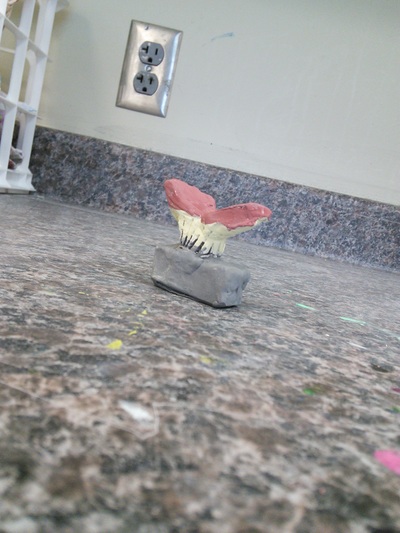
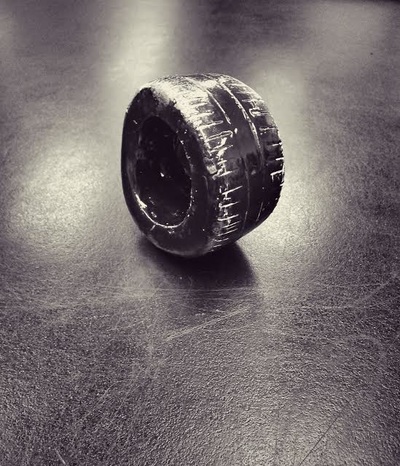
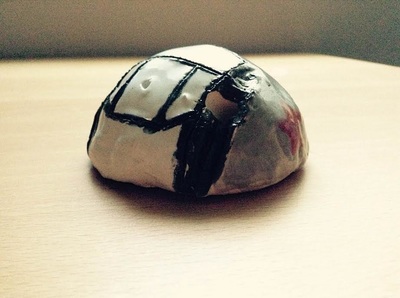
 RSS Feed
RSS Feed
